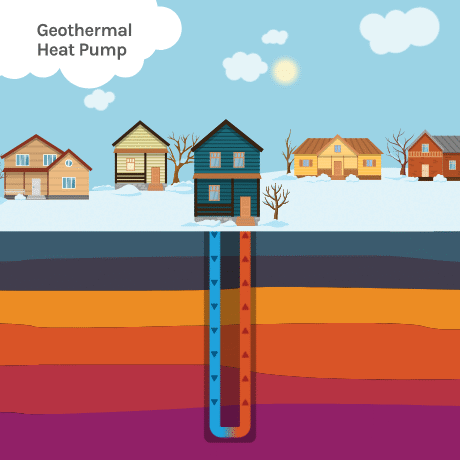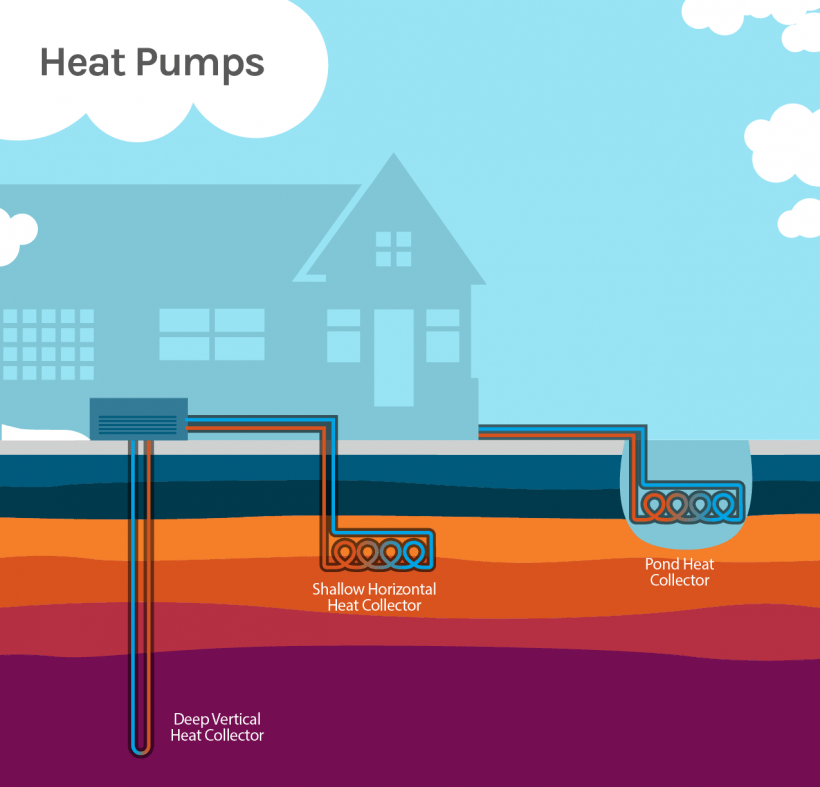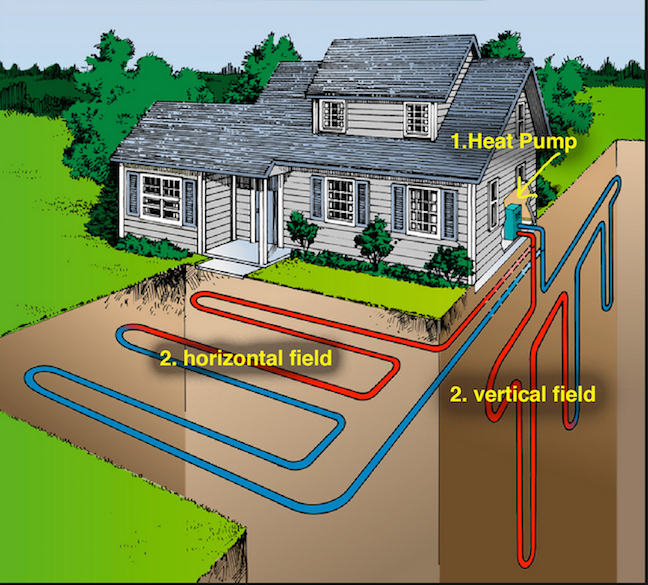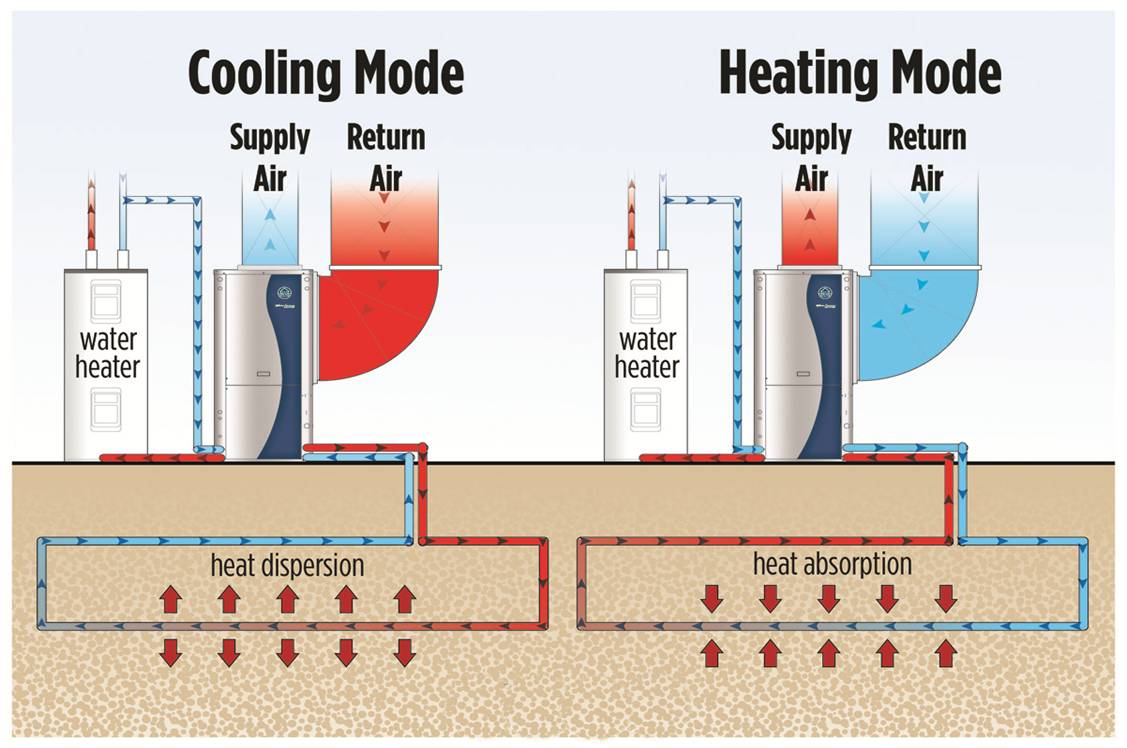Geothermal Heat Exchange
Welcome to the world of Geothermal Heat Exchange! This will guide you through the geothermal heating and cooling process, its applications, and its potential as an energy-efficient solution. Get ready to embark on your geothermal heat exchange learning journey!

Welcome Abroad
Welcome to the Pyrolysis Topic
Introductory Video
Discover insightful explanations and demonstrations in the following video.
Topic Orientation
Insightful Visuals
Informative Visuals of Geothermal Heat Exchange
Case Studies
Ball State University Geothermal System
Ball State University in Indiana, USA, implemented a geothermal system that heats and cools 47 buildings, covering 5.5 million square feet of space. This system saves approximately 45 million gallons of water, 500 billion British thermal Units (BTUs) of energy, and $2.2 – $2.5 million annually. The university has also sold carbon credits to fund sustainability and energy reduction efforts on campus.
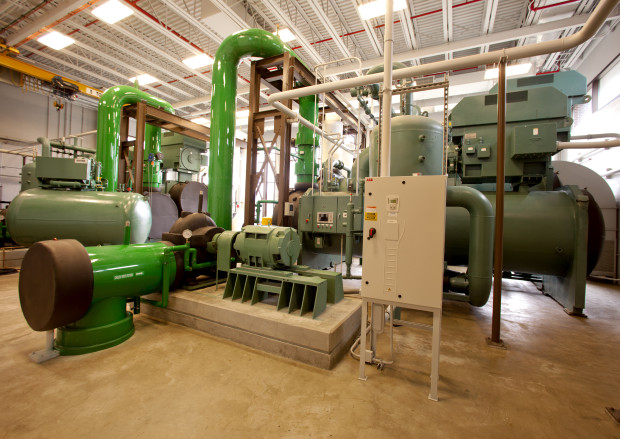
Reykjavik Geothermal District Heating
Reykjavik, the capital city of Iceland, has successfully implemented a district heating system using geothermal energy. The city utilizes the abundant geothermal resources in the region to provide heating and hot water to over 90% of its buildings. This system has significantly reduced the city’s reliance on fossil fuels and has contributed to a more sustainable and environmentally friendly heating solution.
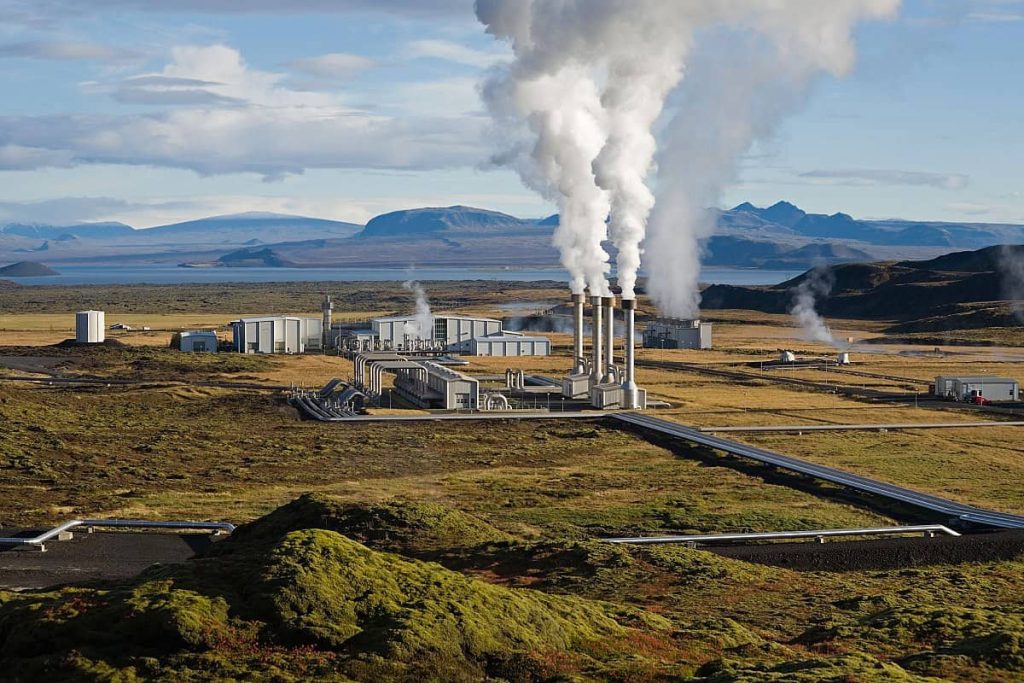
Hellisheidi Geothermal Power Plant
The Hellisheidi Geothermal Power Plant in Iceland is one of the largest geothermal power plants in the world. It harnesses the geothermal energy from the surrounding volcanic area to generate electricity and provide district heating to nearby communities. This plant has been instrumental in reducing Iceland’s dependence on fossil fuels and has become a model for geothermal power generation worldwide.
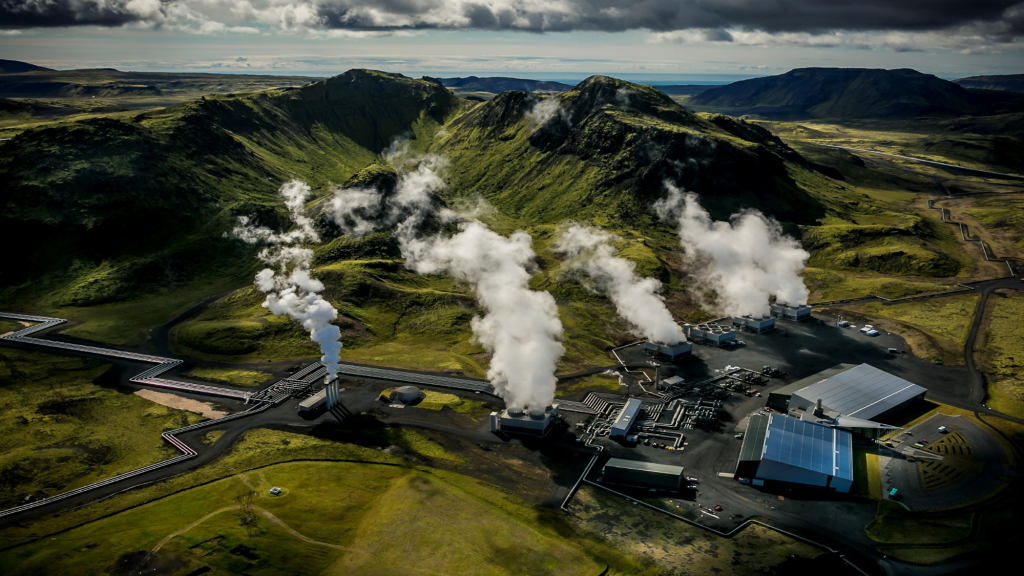
Software Application
Step 1: Delta_T_logarithmic (ΔT Logarithmic)

The logarithmic temperature difference (ΔT Logarithmic) is a crucial parameter in geothermal heat exchange. It depends on the inlet temperature, outlet temperature, and ground temperature. Choose values that match your specific application.
Step 2: Heat Transfer Rate (q_dot)

The heat transfer rate (q_dot) is a key parameter in geothermal heat exchange. It depends on the mass flow rate of the fluid, specific heat capacity, and temperature variation. Select values that match your specific application.
Step 3: Length (length)

Calculate the length of the geothermal pipe based on the heat transfer rate, total thermal resistance, and ΔT Logarithmic.
Flip The Cards
Matching Words
Match the terms with their definitions!
- is a type of heating and cooling system that uses the Earth’s heat to regulate the temperature of a building.
- is a facility that generates electricity by harnessing the heat from underground geothermal reservoirs.
- refers to the rate at which the Earth’s temperature increases with depth.
- is an underground area where hot fluids and rocks are accessible and can be used for geothermal energy production.
Good Job !
There are still unanswered questions!
Smooth Quiz
Geothermal Heat Exchange Quiz
What is the process by which heat from the Earth is extracted and used for heating and cooling?
What is the main source of heat in geothermal energy?

